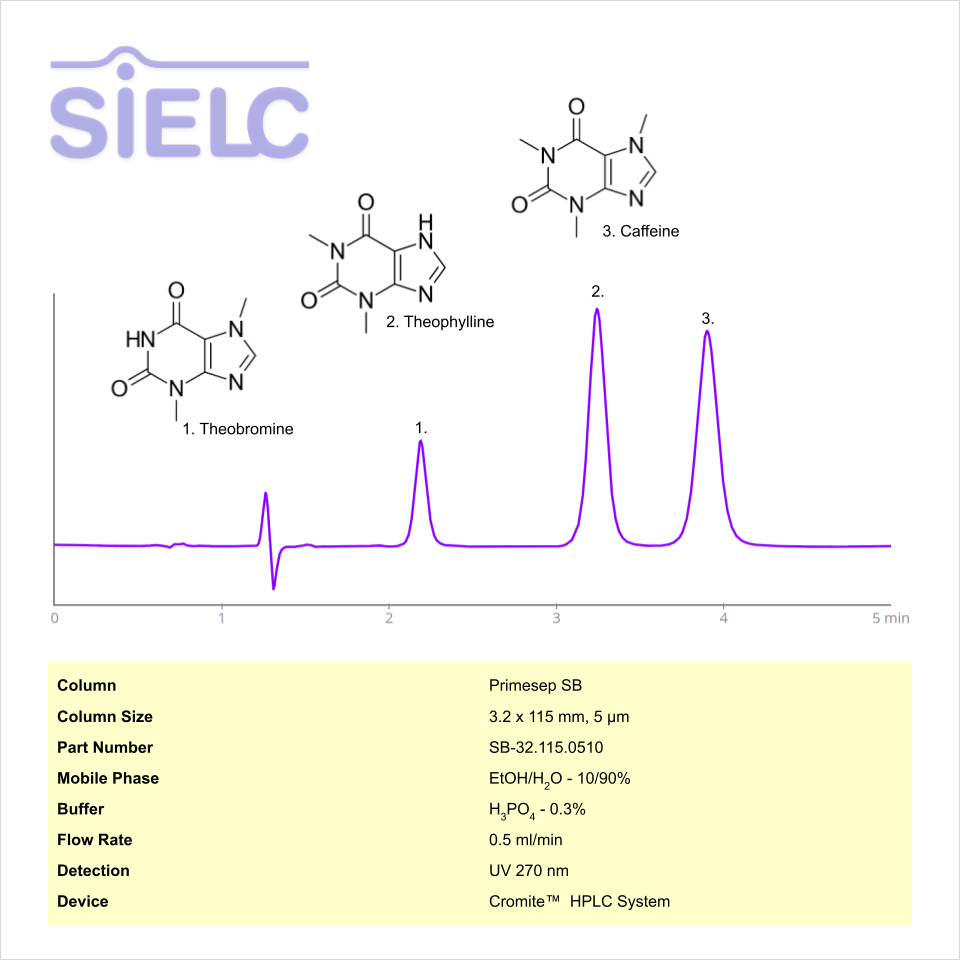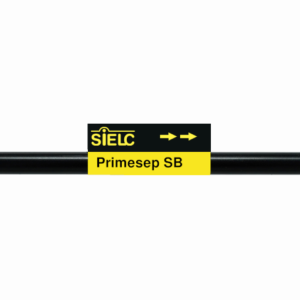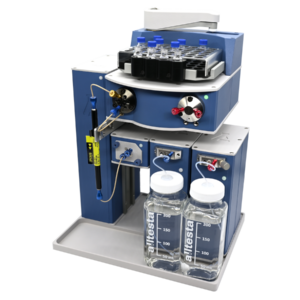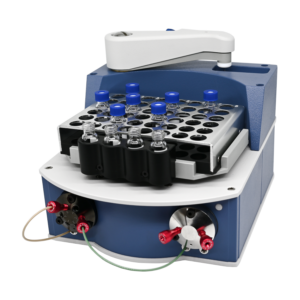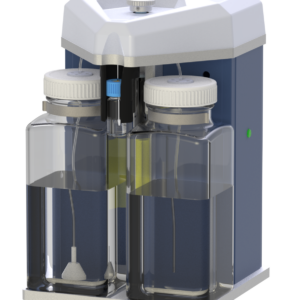HPLC Method for Caffeine, Theobromine, Theophylline on Primesep SB by SIELC Technologies
High Performance Liquid Chromatography (HPLC) Method for Analysis of Caffeine, Theobromine, Theophylline
Caffeine is a natural stimulant and methylxanthine alkaloid. with the molecular formula C6H10N4O2. Caffeine can be found in a variety of plants, including tea, coffea, cocoa, kola nuts, and guarana. Ingestion of it can increase alertness and cognitive function. It can also cause worsening anxiety, heart palpitations, and headaches.
Theophylline is a methylxanthine compound with the molecular formula C7H8N4O2. It is a caffeine metabolite and is often used in forensic analyses. Besides analytical use, it is often used in treating respiratory conditions.
Theobromine is a methylxanthine alkaloid with the molecular formula C7H8N4O2. It is a derivative of caffeine. It can be found in many foods, including chocolate and tea. Despite that, it is toxic to dogs.
Caffeine, Theobromine, Theophylline can be retained and analyzed using the Primesep SB stationary phase column. The analysis utilizes an isocratic method with a simple mobile phase consisting of water and ethanol (EtOH) with a phosphoric acid buffer. Detection is performed using UV.
| Column | Primesep SB, 3.2 x 100 mm, 5 µm, 100 A, dual ended |
| Mobile Phase | EtOH- 10% |
| Buffer | Phosphoric Acid |
| Flow Rate | 0.5 ml/min |
| Detection | UV 275 nm |
| Class of Compounds | Alkaloid |
| Analyzing Compounds | Caffeine, Theobromine, Theophylline |
Application Column
Primesep SB
Column Diameter: 3.2 mm
Column Length: 100 mm
Particle Size: 5 µm
Pore Size: 100 A
Column options: dual ended
Theobromine
Theophylline

